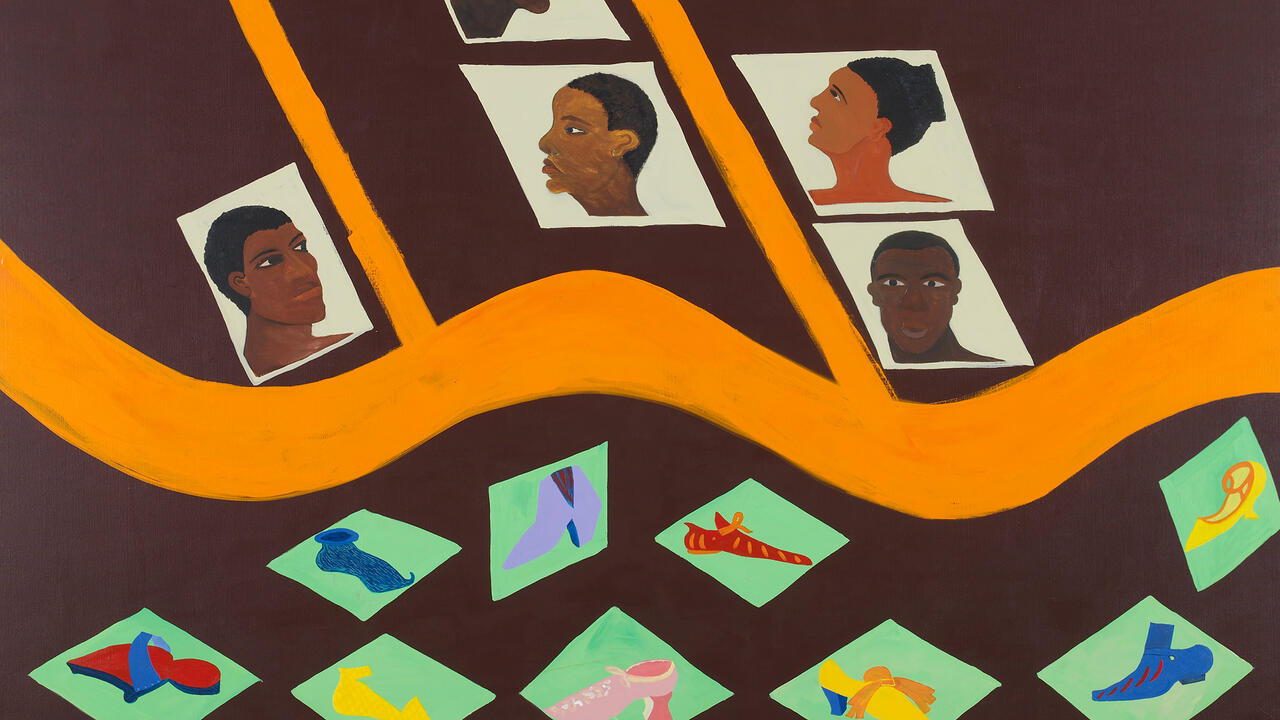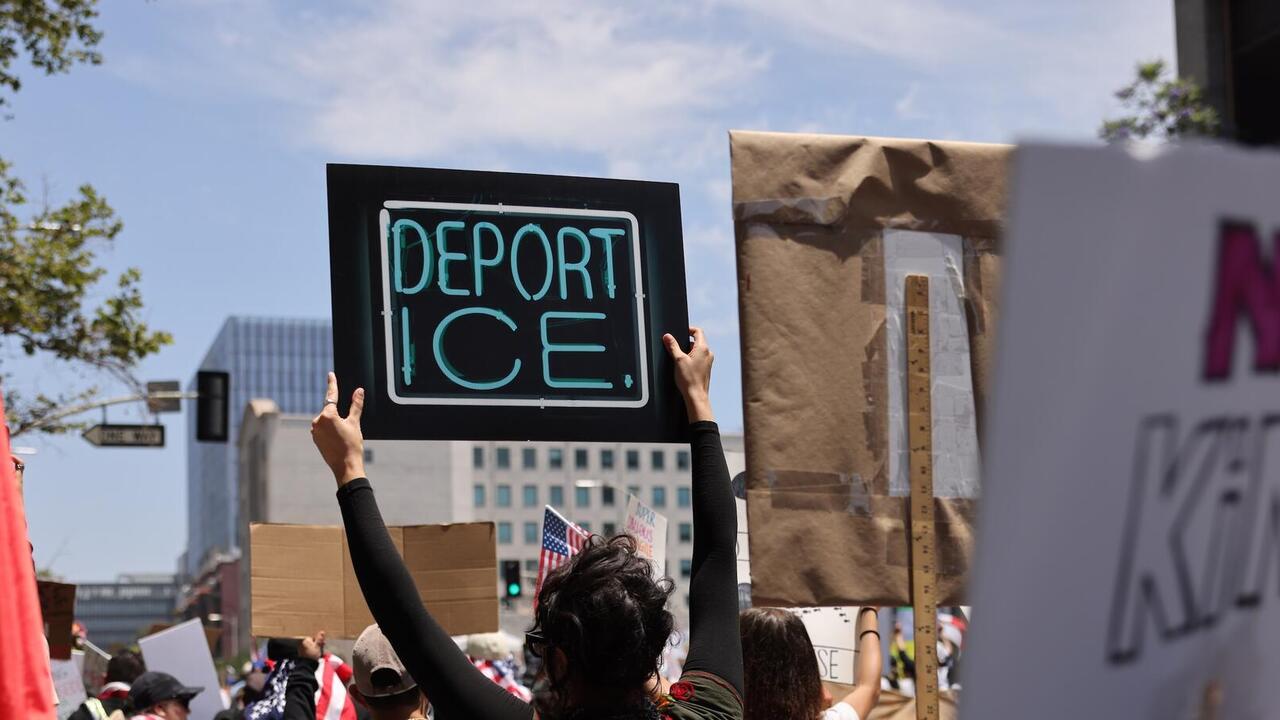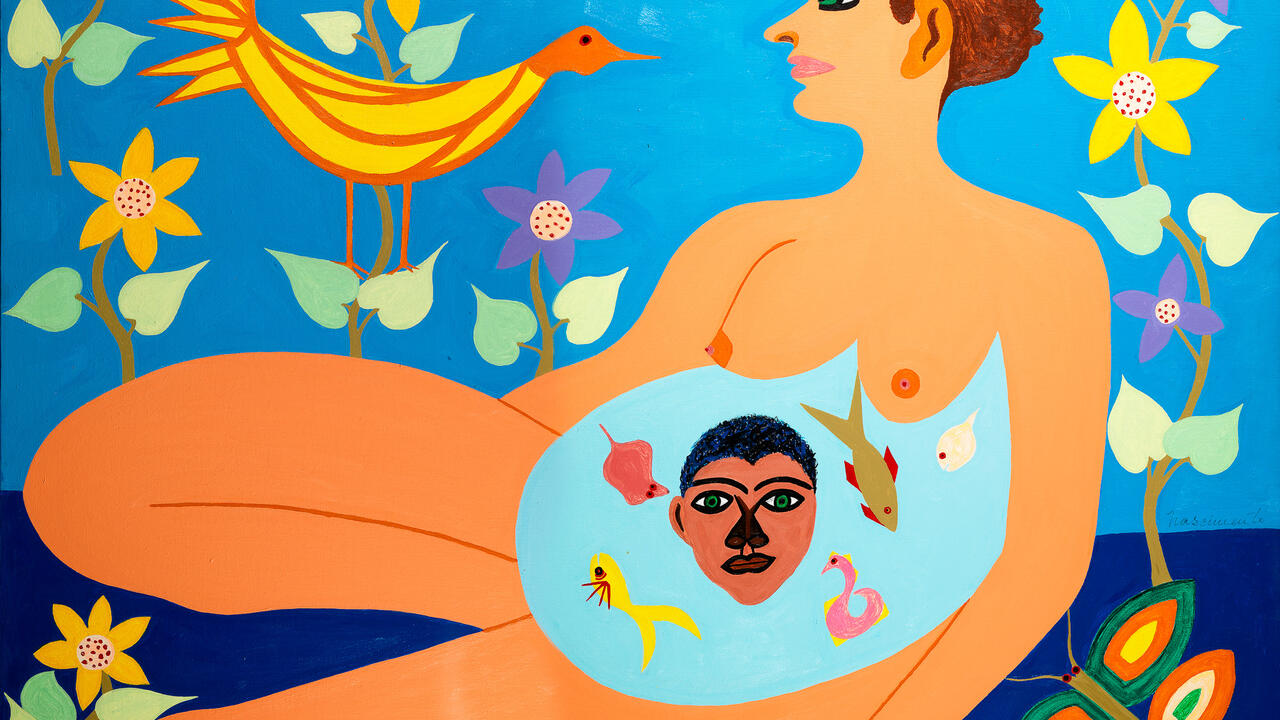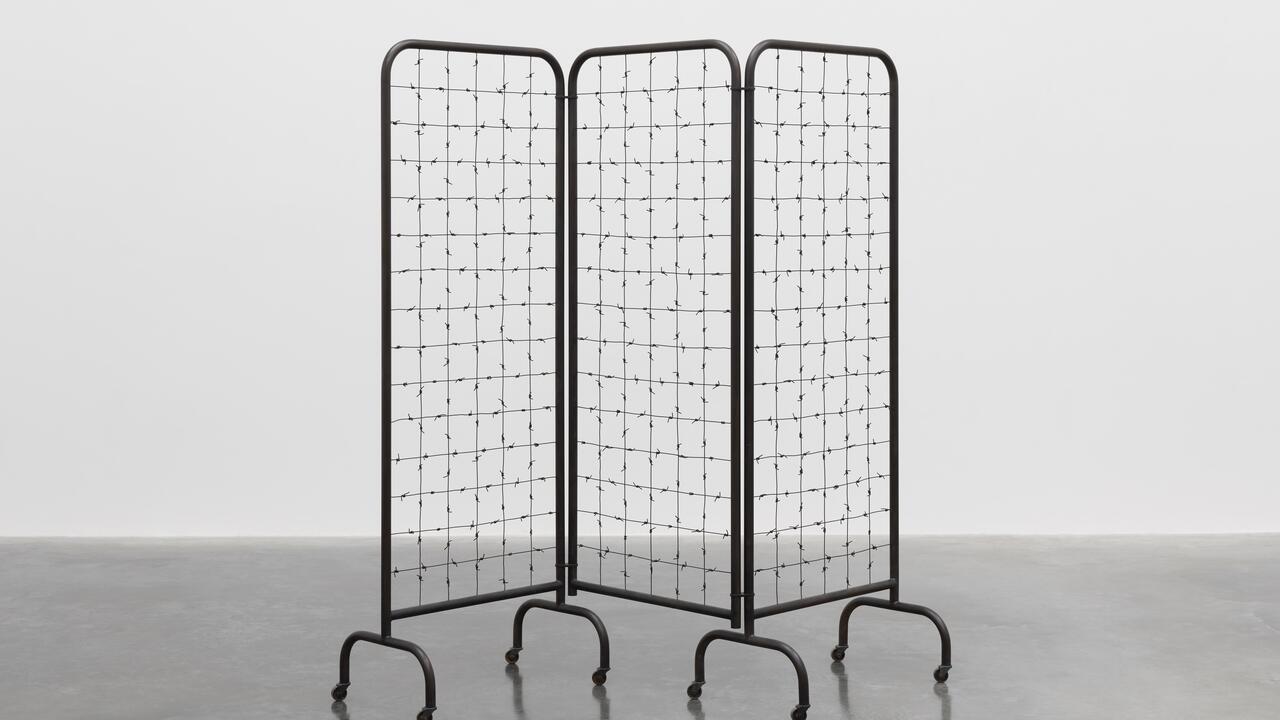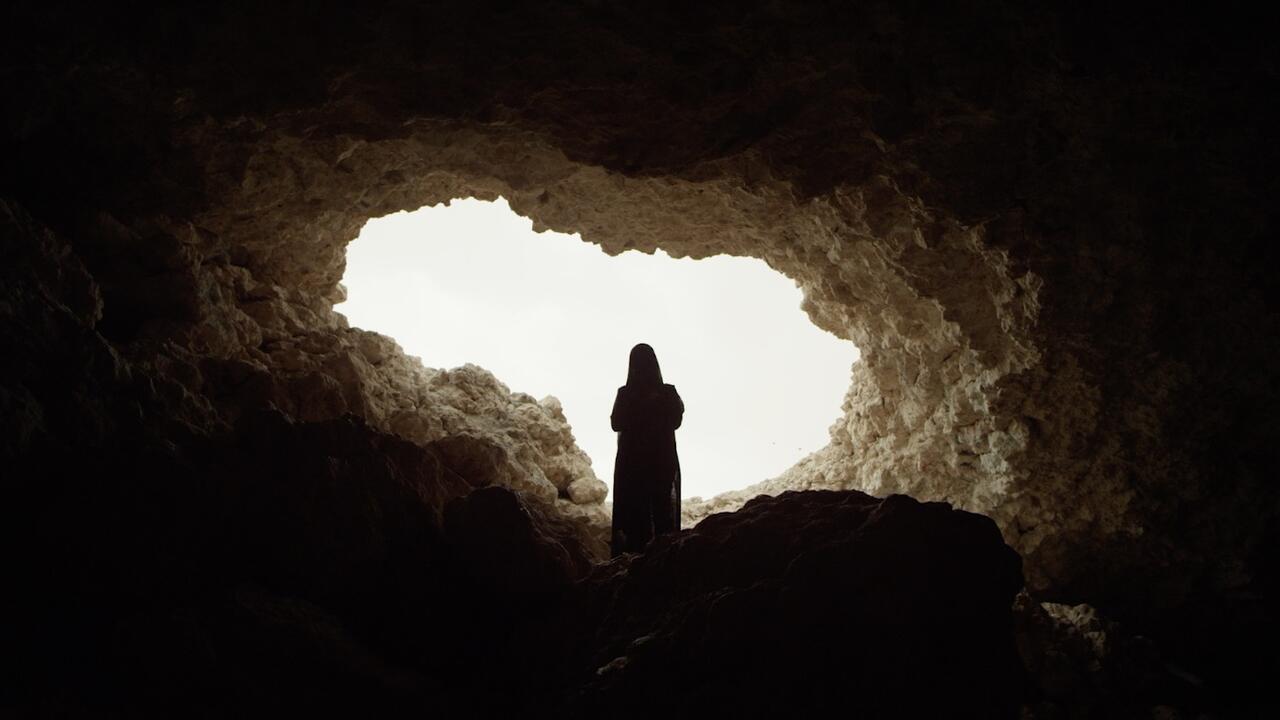Revisiting the Fiercely Productive Practices of Marginalized Women Artists
Social Work is a new section dedicated to women who challenged the dominant values of the 1980s and ’90s
Social Work is a new section dedicated to women who challenged the dominant values of the 1980s and ’90s

Click here for tickets to Frieze London 4-7 October
This year has given birth to many conversations about political regression, including the status of women’s rights. A new section at Frieze London, Social Work develops from previous curated sections at the fair: The Nineties in 2016 and Sex Work in 2017. Where Sex Work examined feminist artists of the 1970s, Social Work – put together over six months leading up to the fair – assembles the work of eight women artists, active during the 1980s and ’90s.
Social Work includes solo presentations by galleries of a global cross-section of artists, living and dead: Americans Mary Kelly, Faith Ringgold and Nancy Spero; Sonia Boyce, Helen Chadwick and Tina Keane from the UK; Turkish artist Ipek Duben and South African Berni Searle. Marking the centenary of women gaining voting rights in the United Kingdom this international group of women artists was chosen by an all-female panel of curators, museum directors and art historians, who gave priority to artists who each in their own way challenged the art market status quo. Through discussion, the panel decided on the topic and the artists that would be exhibited within it.

The art market of the ’80s has been likened to that of the 1950s, in its domination by male artists. In tandem, there was a wider reaction against the revolutionary race and gender politics of the ’70s, seeing much of the progress made on these fronts walked back as Western politics veered to the right. In this backlash, women artists were largely ignored. Many female artists, their careers suffering, taught art to support their work as artists: figures like Sonia Boyce today have a major legacy as educators.
‘I would say the 1970s were most formative for me personally, because my experience in the women’s movement not only informed my work as an artist but made it possible and necessary to speak out at that time when women were truly invisible,’ Mary Kelly, who is showing her work Corpus (1984-5) in the section at Pippy Houldsworth Gallery, explains.
Corpus, a text series that recounts conversations overheard by Kelly discussing the second wave of feminism, came after her seminal work Post-Partum Document (1973-79) in which she documents the relationship between mother and child. ‘The 1980s were exciting and sometimes exhausting, because, by then, my work was at the centre of controversial arguments about feminism and postmodernism’, Kelly expands, suggesting these culminated in the exhibition of Interim (including Corpus) at New York’s New Museum in 1990, in conjunction with the symposium ‘On the Subjects of History’.
Although broadly unreflected by mainstream politics, the 1980s was a decade of radical resistance. As a pre-internet time, artists and activists sought change on a more direct scale, in the world immediately around them: whether in their own community or through new institutions. In the UK, the Anarchist Bookfair, the Campaign for Nuclear Disarmament (CND) and the Poll Tax riots saw direct action at a grassroots level.
In South Africa, under apartheid until 1994, issues of race and gender were inexorably intertwined. ‘My early work, made in the early ’90s was concerned with notions of identity as mediated by race, class and gender in processes of social change’, Berni Searle says.

Searle – who, with Kelly, is coming to London to participate in a panel with other Social Work artists at Frieze Talks – is today the Director of the Art School of Cape Town University. ‘In many ways, my identity had been made for me through the apartheid apparatus’, Searle elaborates. ‘These questions were the preoccupation of critical theory in the ’80s, but the terms of the debate was set up by mostly western feminist thinkers during the ’70s. ‘Their exploration of the social construction of femininity laid the groundwork for the expansion and examination of the notion of difference along racial, sexual and gender lines in the ’80s’.
In Still (1995) a series of eight images presented at Frieze London by Stevenson Gallery, Searle is naked and covered in white flour that she kneads into dough. ‘This is one of the earliest works that I made almost 17 years ago’ Searle recollects. ‘It’s part of a body of work called the “Colour Me” series, in which I covered myself with spices or flour. It’s evocative of a way of working flour and water that imitates the way I would make roti. It references the experience of making this that has been passed down through the generations.’ Searle believes that to transpose concepts such as feminism and civil rights from one cultural context to another can be fraught with difficulty. In this context, she says, the work and its presentation is a reclaiming of her history and heritage.
As we enter a moment which seems in so many ways to echo the drastic conditions of recent decades, it is fitting to revisit the practices of the women artists who were marginalized, but fiercely productive. Not footnotes in history, they may be building blocks for the future.
Main image: Berni Searle, Untitled, 1998. Courtesy: the artist and Stevenson, Cape Town and Johannesburg
Click here for tickets to Frieze London 4-7 October
Erratum: The printed version of this article, titled ‘Social Work’ that appeared in the Frieze Week 2018, erroneously made reference to conditions that artists worked in under apartheid. Except where quoted, the artist, Berni Searle, distances herself from the views expressed by the author of the article.










